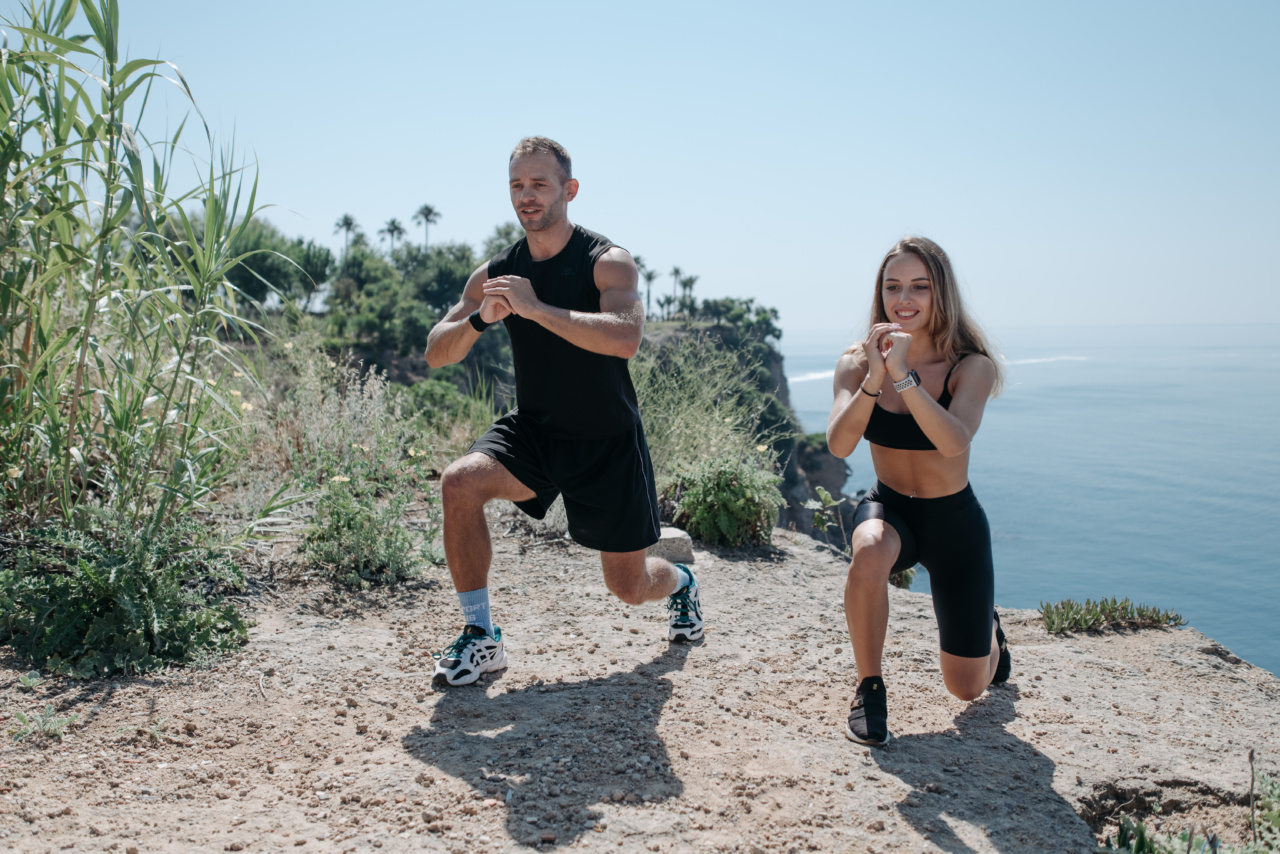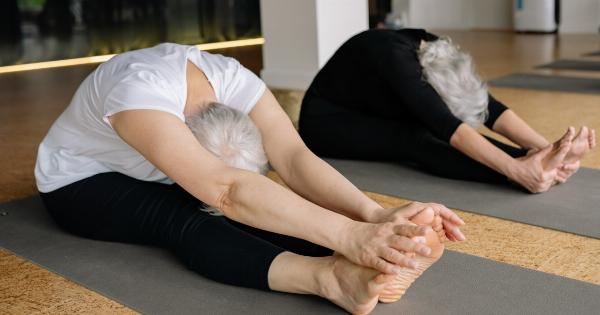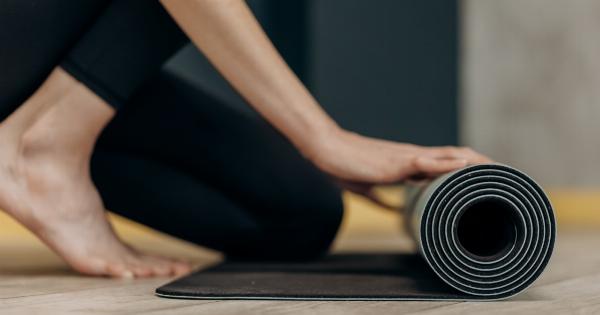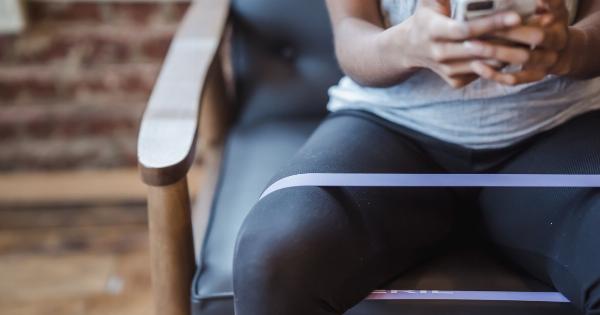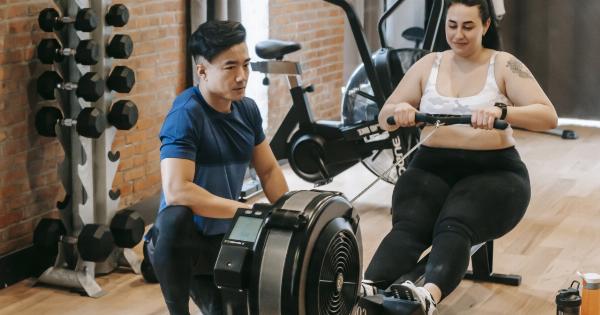When it comes to running, it’s important to not only focus on your cardiovascular endurance but also on strengthening the muscles that support your running stride.
In addition, incorporating stretching exercises into your routine will help improve flexibility and reduce the risk of injury. This article will explore core and stretching exercises specifically designed for runners, helping you enhance your performance and maintain a healthy body.
The Importance of Core Strength
Core strength is vital for runners as it stabilizes the body, improves balance, and helps maintain proper running form. A strong core also reduces strain on other muscles, allowing you to run more efficiently and prevent injuries.
Here are some core exercises to include in your routine:.
1. Plank
The plank is an excellent exercise for strengthening your entire core. Start by getting into a push-up position, but with your forearms on the ground. Brace your core and hold this position for 30-60 seconds. Repeat for multiple sets.
2. Russian Twist
Sit on the ground with your knees bent and lean back slightly, engaging your core muscles. Lift your feet off the ground, crossing them at the ankles.
Hold a weight or medicine ball with both hands and rotate your torso from side to side, touching the weight to the ground on each side.
3. Bicycle Crunches
Lie on your back and lift your legs, so they are in a tabletop position. Place your hands behind your head and bring your opposite elbow to your knee as you straighten the other leg.
Alternate sides in a pedaling motion, engaging your core with each movement.
4. Dead Bug
Lie on your back with your arms extended towards the ceiling and your knees bent at a 90-degree angle. Slowly lower your right arm behind your head while simultaneously straightening and lowering your left leg towards the ground.
Return to the starting position and repeat on the opposite side.
The Benefits of Stretching for Runners
Stretching exercises are crucial for runners as they improve flexibility, reduce muscle imbalances, and help maintain a full range of motion. Here are some stretching exercises that will benefit your running performance:.
1. Standing Quad Stretch
Stand upright and balance on your left foot. Bend your right knee, bringing your right heel towards your glutes. Reach back and grab your right foot with your right hand, gently pulling it closer to your glutes.
Hold for 30 seconds and repeat on the other side.
2. Hamstring Stretch
Stand tall and extend your right leg forward with your heel resting on the ground. Lean forward from your hips, keeping your back straight, until you feel a gentle stretch in the back of your thigh. Hold for 30 seconds and switch to the other leg.
3. Calf Stretch
Stand facing a wall and place both hands on the wall for support. Step back with your left leg, keeping it straight and your heel on the ground. Lean forward, feeling the stretch in your calf. Hold for 30 seconds and repeat with the other leg.
4. Hip Flexor Stretch
Kneel with your left knee on the ground and your right foot flat on the floor in front of you. Place both hands on your right thigh and lean forward, shifting your weight onto your right leg. You should feel a stretch in the front of your left hip.
Hold for 30 seconds and switch sides.
Conclusion
Incorporating core and stretching exercises into your running routine is essential for improving performance, preventing injuries, and maintaining a healthy body. Remember to warm up before exercising and cool down afterward.
Building a strong core and improving flexibility will not only enhance your running but also contribute to your overall well-being. Start integrating these exercises into your training regimen and enjoy the benefits they bring.
